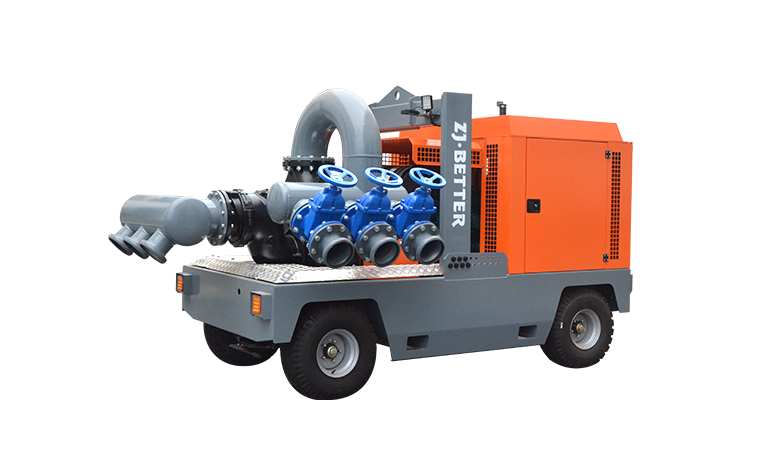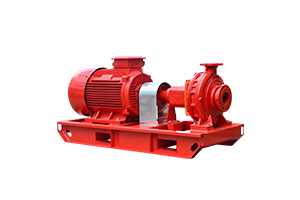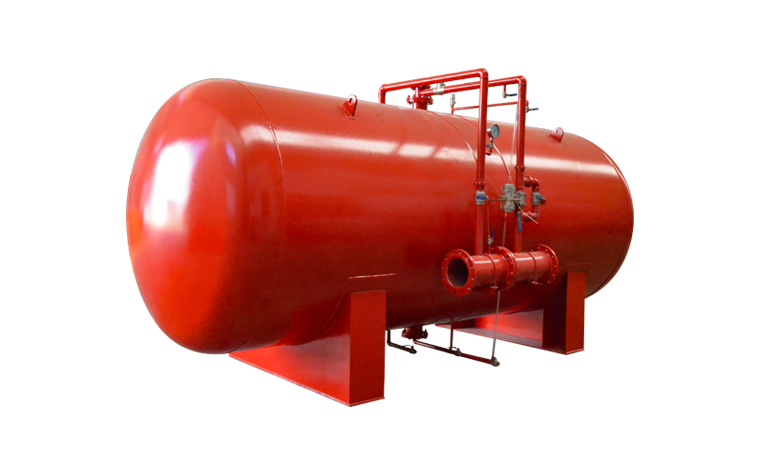-
 Aug 02, 2024How do fire pumps support fire protection in underground facilities?Fire pumps for underground facilities, such as mines or subways, must provide reliable water pressure despite the depth and complex layout. They should be robust and capable of functioning in potentially harsh underground conditions.View details
Aug 02, 2024How do fire pumps support fire protection in underground facilities?Fire pumps for underground facilities, such as mines or subways, must provide reliable water pressure despite the depth and complex layout. They should be robust and capable of functioning in potentially harsh underground conditions.View details -
 Aug 02, 2024How do fire pumps contribute to environmental sustainability in building design?Fire pumps can contribute to environmental sustainability by using energy-efficient motors, reducing water wastage through precise control systems, and integrating with renewable energy sources. Sustainable fire protection systems can be part of a broader green building strategy.
Aug 02, 2024How do fire pumps contribute to environmental sustainability in building design?Fire pumps can contribute to environmental sustainability by using energy-efficient motors, reducing water wastage through precise control systems, and integrating with renewable energy sources. Sustainable fire protection systems can be part of a broader green building strategy.
View details -
 Jul 31, 2024What standards govern the installation and maintenance of fire pumps and jockey pumps?The installation and maintenance of fire pumps and jockey pumps are governed by standards such as NFPA 20 (Standard for the Installation of Stationary Pumps for Fire Protection) and NFPA 25 (Standard for the Inspection, Testing, and Maintenance of Water-Based Fire Protection Systems).View details
Jul 31, 2024What standards govern the installation and maintenance of fire pumps and jockey pumps?The installation and maintenance of fire pumps and jockey pumps are governed by standards such as NFPA 20 (Standard for the Installation of Stationary Pumps for Fire Protection) and NFPA 25 (Standard for the Inspection, Testing, and Maintenance of Water-Based Fire Protection Systems).View details -
 Jul 31, 2024What are the power sources for fire pumps?Fire pumps can be powered by electric motors or diesel engines. Some systems might have both for redundancy, ensuring the pump operates even if one power source fails.View details
Jul 31, 2024What are the power sources for fire pumps?Fire pumps can be powered by electric motors or diesel engines. Some systems might have both for redundancy, ensuring the pump operates even if one power source fails.View details -
 Jul 30, 2024What are the considerations for fire pump systems in sports arenas and stadiums?- High Occupancy and Safety: Ensuring systems can handle the large crowds and provide efficient evacuation routes.
Jul 30, 2024What are the considerations for fire pump systems in sports arenas and stadiums?- High Occupancy and Safety: Ensuring systems can handle the large crowds and provide efficient evacuation routes.
- Comprehensive Coverage: Providing fire protection for seating areas, concourses, locker rooms, and other facilities.
- Integration with Event Safety Systems: Coordinating with event safety and security systems for a cohesive safety strategy.
- Compliance with Sports Venue Safety Standards: Adhering to fire safety regulations specific to sports arenas and stadiums.View details -
 Jul 30, 2024How do fire pumps support fire protection in multi-purpose commercial buildings?- Diverse Area Coverage: Ensuring comprehensive coverage for offices, retail spaces, dining areas, and other facilities.
Jul 30, 2024How do fire pumps support fire protection in multi-purpose commercial buildings?- Diverse Area Coverage: Ensuring comprehensive coverage for offices, retail spaces, dining areas, and other facilities.
- High Occupancy Management: Implementing systems that handle high occupancy and prioritize occupant safety.
- Integration with Building Management Systems: Coordinating with HVAC, security, and other building systems for comprehensive safety.
- Compliance with Commercial Building Codes: Adhering to fire safety regulations specific to multi-purpose commercial buildings.View details

.png)
.png)

.png)


